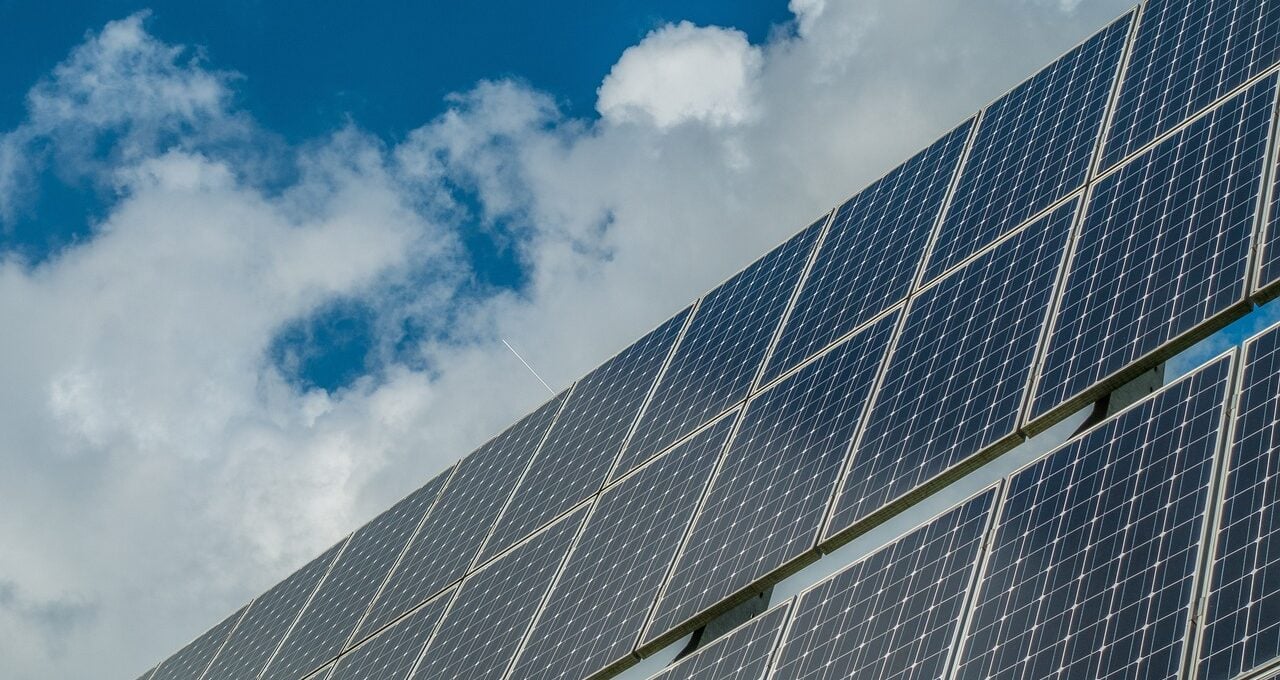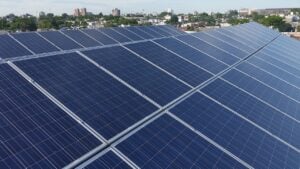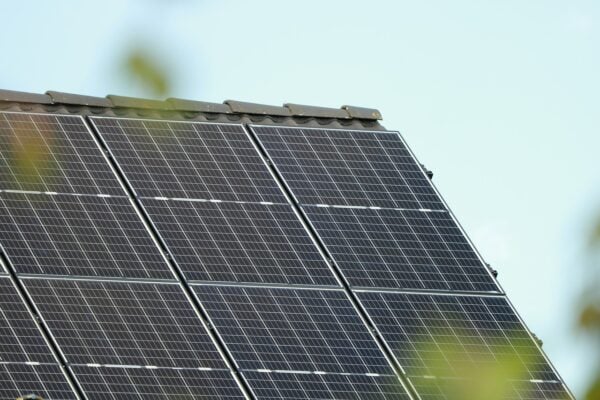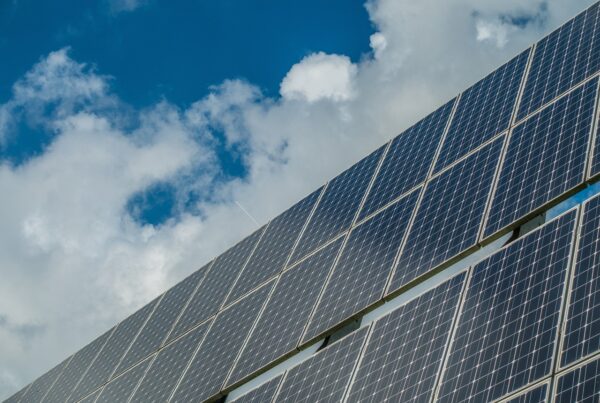How Solar Panels Work
Solar PV offers numerous benefits, including 20–80% savings on your energy bills and more energy independence from the grid.
For those of you curious about how solar panels work, in this article, we shine (ahem) sunlight on how solar PV captures solar rays and converts them to energy to power your home. And, in turn, how it converts to more cash in your wallet.
Let’s dive in.
First things first, how do solar panels actually work?
In short, solar panels work by absorbing energy from the sun and converting it into power. There are a few different types of panels but Solar PV panels, the type you’re likely to be most familiar with, can be used to produce the electricity you use on a daily basis. The process of how that happens involves several stages.
Solar photovoltaic (PV) panels consist of cells that incorporate layers of semiconducting material. When light shines on these cells, electricity flows across the layers. Sunny conditions are ideal for solar power generation — the greater the intensity of light, the greater the flow of electricity.
The materials and processes that go into creating solar panels are constantly changing to allow for constant efficiency improvement. For example, researchers at NASA are currently developing a solar cell that could reach over 40% efficiency. This comes less than a year after the 30% threshold was crossed. Improvements like this ensure that while blazing sunlight provides optimal conditions, solar panels are now more than capable of sufficiently meeting energy demand when it’s overcast or even raining. So don’t panic, your solar panels will still work well during the 75% of the year that it isn’t sunny here in the UK (at least we have good pubs).
How are solar panels connected to my home electrics?
Solar panel installation is quick and simple. Once our experts have inspected your property, identified how many panels and the type of system you need, and finalised any additional requirements with you, our VAT-free installation can typically be completed in 6–8 hours. This includes both positioning your panels and connecting them to your electrics so that you can start benefitting from renewable, infinite energy as soon as possible.
Solar panels are connected to your home through an inverter that converts DC power sent from your panels to AC power that can be safely used around the property. Every converter has a maximum capacity so it’s essential you have one that’s capable of handling the output from your solar panels. If they’re producing too much energy, then your supply will be capped by the inverter and your solar system won’t perform to its full potential, wasting energy and increasing the length of time it takes for you to make your money back.
Our trusted advisors will help you find the inverter you need to get the very best out of your solar PV system, so don’t hesitate to get in touch.
What are solar batteries and how do they work?
Another key component of how solar panels work is storage batteries. As well as being connected to your home so you can use solar energy as it’s being absorbed, we also highly recommend connecting your panels to a series of batteries that can store excess energy for use when you need it. Perhaps you’re away from home or enjoying a long summer’s day in the garden. In either case, there isn’t much need for energy such as heating your home. Rather than the energy absorbed by your solar panels being wasted, it can be stored in batteries until you’re ready to use it outside of daylight hours. This might be that very evening, or if you want to save it until the winter when you have the heating on for most of the day, then you can do that too.
Each individual battery can be connected in series without the need for external wiring. This keeps the system as compact as possible, ensuring it can still be installed on properties that have limited space. One factor you’ll need to consider is how many batteries you need in relation to the number of panels you have. Too many batteries and you’ll never come close to producing the amount of energy needed to fill them. Conversely, having too many solar panels will cause you to produce more energy than you have the capacity to store, meaning energy would be wasted. Again, our trusted advisors can help to achieve the best panel-to-battery ratio for you.
The way solar panels and batteries work also involves them being connected to the national grid. You’re probably wondering how and why that’s the case when one of the main benefits of installing solar panels is the greater energy independence you receive from the grid. Well, there’s a very good reason. If you’ve managed to store more energy in your batteries than you could ever possibly use, the Smart Export Guarantee scheme (SEG) gives you the option to sell that energy back to the grid, presenting another great way to speed up your return on investment.
I understand how solar panels work, but why do I need them?
Solar panels harness the infinite power of the sun and offer several fantastic benefits, both financial and environmental. On top of money received through the SEG, installing a solar system reduces your reliance on the grid supply. As of January 2024, around 4 in 10 adults in the UK said it was very or somewhat difficult for them to afford their energy bills. Even if you don’t produce enough energy to fully meet your household demand, you’ll still make huge savings on your energy bills and limit your susceptibility to price hikes. Savings can be so great that we find our customers usually make their money back on their initial solar panel investment within 6–10 years.
If the financial advantages of solar panels alone haven’t swayed you, then consider how they can help the environment too. Solar energy is clean and renewable as the process doesn’t produce any of the harmful greenhouse emissions that come with other traditional methods. Once solar panels have been installed, you can reduce your carbon footprint without making any drastic changes to your lifestyle, all to the benefit of our planet.
Speak to a trusted advisor
Request a call back from one of our solar energy advisors by filling in the form below. We’re here to advise on the most efficient solar PV installation for your needs, not ours. Discover how you can start saving up to 80% on your energy bills with solar energy.





